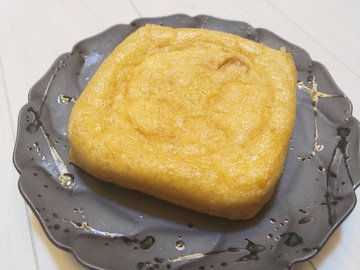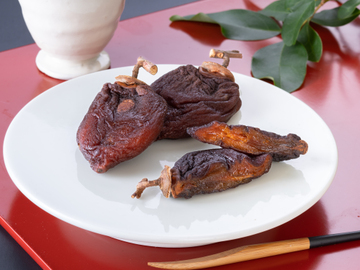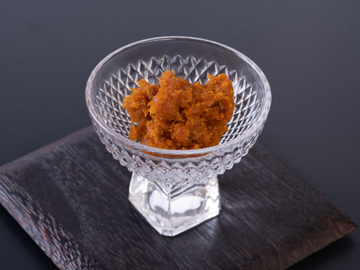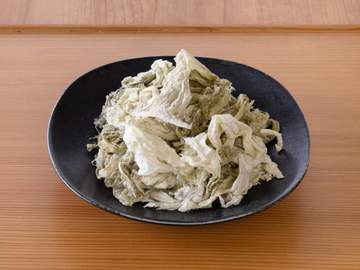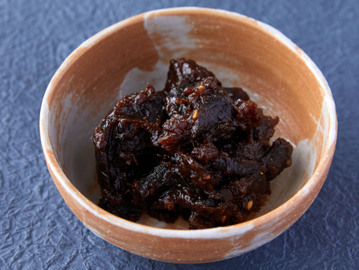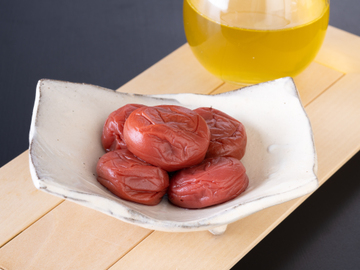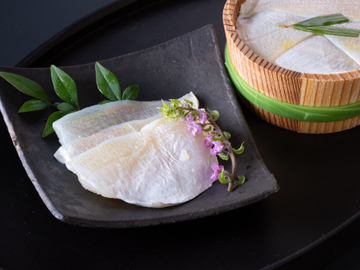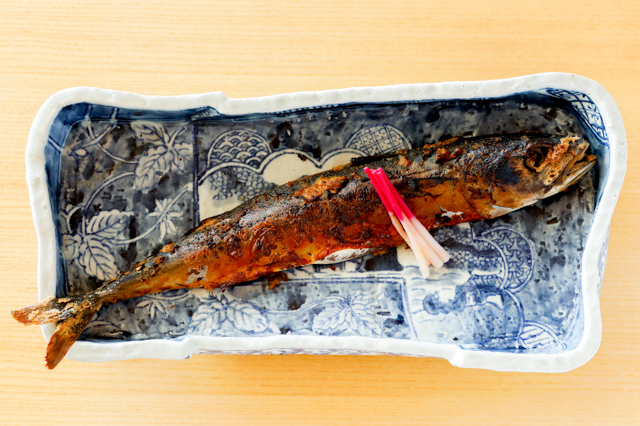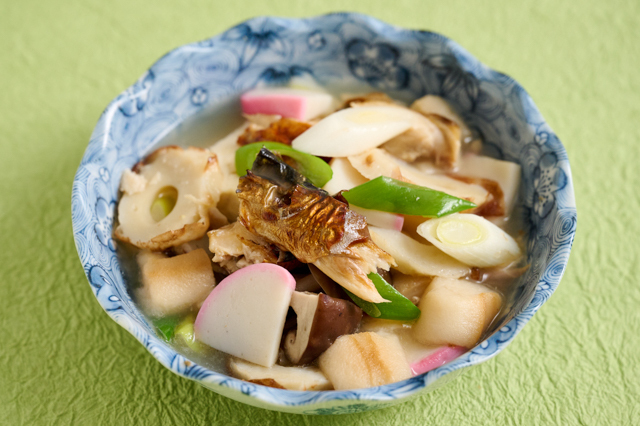Fukui

Culinary History Divided into Two Equal Parts: South and North
Fukui Prefecture, located in the center of Honshu, is at the westernmost point of Hokuriku. When viewed on a map, it looks like the face of an elephant viewed from the side, and it is divided into two areas, "Reihoku" in the north, and "Reinan" in the south, which border the Kinome Pass that is located right at the base of the elephant's nose. As Fukui Prefecture has a history of originally being two separate provinces, "Echizen" and "Wakasa", even today its culture still has completely different characteristics in the north and the south.
Fukui Prefecture, which broadly faces the Sea of Japan to the west, and has a mountain range extending to the east that is over 1,000 meters high, is also known as "Etsuzan Jakusui," meaning "A land blessed with the lush green mountains of Echizen, and the beautiful waters of Wakasa". It is also called the "Dinosaur Kingdom", because it is the place where the most dinosaur fossils have been excavated in Japan, and many dinosaur fans from all over the country visit the Fukui Prefectural Dinosaur Museum in Katsuyama City.
The changes of the four seasons are distinct, with many cloudy and snowy days in winter, but more hours of sunlight in summer than in Tokyo. The climate varies greatly from area to area, with Reinan being warmer than Reihoku, due to the Tsushima Current, and there is such a difference between the two, that even if it is snowing in Reihoku, it has stopped when you go through the Kinome Pass tunnel to Reinan.
Fukui Prefecture is also known for its abundance of water. It's water sources are plentiful and include the tributaries from the sacred mountains of Mt. Hakusan, the Kuzuryu River, and the Asuwa River, and so there are many springs and underground water sources in the prefecture. "Unose" and "Uriwari Falls" which are the settings for the Jingu-ji Temple's "O-Mizuokuri" (water-offering ritual), have been selected as among the 100 most exquisite waters in Japan. The water is extremely soft, and has of course been used for rice cultivation, but it has also been used for making soba noodles and the lovely sake, Ginjo-shu.

Traditional Foods in Fukui

Our Regional Cuisines
in Fukui
This is a list of Fukui prefecture's local dishes
introduced in "Our Regional Cuisines."
*Clicking on the image will take you to "Our Regional Cuisines."

